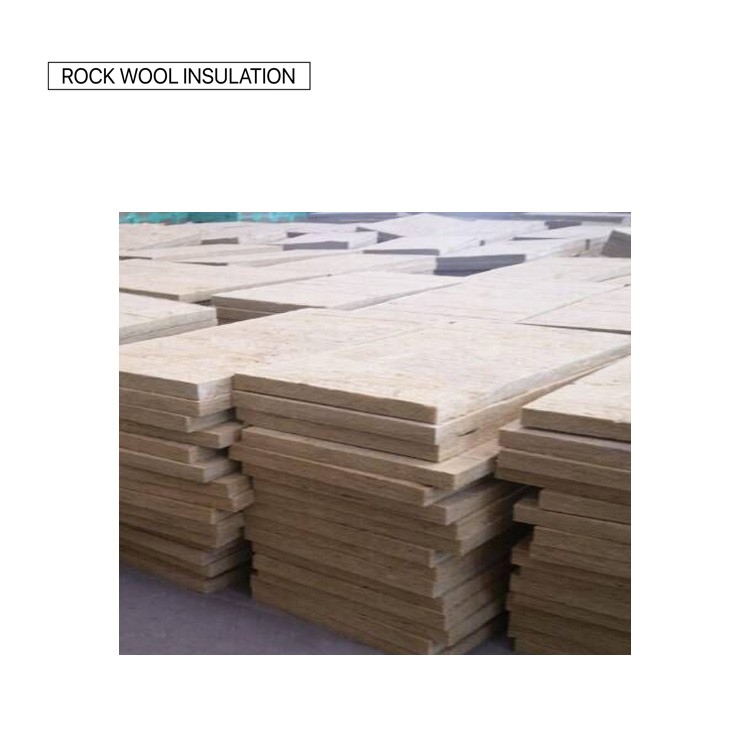- Thermal stress. The thermal expansion and contraction caused by the temperature difference will cause the volume change of the non-structural structure, so that it is always in an unstable state. Therefore, thermal stress is one of the main destructive forces of the external insulation layer of the external wall of the high-rise building. Compared with multi-story or single-story buildings, high-rise buildings receive stronger sunlight exposure, greater thermal stress, and greater deformation. Therefore, when designing thermal insulation and anti-cracking structures, the selection of thermal insulation materials should meet the principle of flexible gradual change. The deformability of the material should be higher than that of the inner layer material.
- Wind pressure. Generally speaking, positive wind pressure produces thrust, and negative wind pressure produces suction, which will cause great damage to the external insulation layer of high-rise buildings. This requires that the external insulation layer should have considerable wind pressure resistance, and it must be resistant to wind pressure. In other words, it is required that the insulation layer has no cavities and eliminates the air layer, so as to avoid the volume expansion of the air layer in the insulation layer under the state of wind pressure, especially negative wind pressure, causing damage to the insulation layer.
- Seismic force. Seismic forces can cause extrusion, shearing, or distortion of high-rise building structures and insulation surfaces. The greater the rigidity of the insulation surface, the greater the seismic force it will withstand, and the more serious the damage may be. This requires that the external thermal insulation materials of high-rise buildings have considerable adhesion, and must meet the principle of flexible gradual change to disperse and absorb seismic stress, reduce the load on the surface of the thermal insulation layer as much as possible, and prevent thermal insulation under the influence of seismic forces. Large-scale cracking, peeling and even peeling of the layer occurred.
- Water or steam. In order to avoid damage to high-rise buildings by water or steam, external insulation materials with good hydrophobicity and good water vapor permeability should be selected to avoid wall condensation or increased moisture content in the insulation layer during the migration of water or steam.
- Fire. High-rise buildings have higher fire protection requirements than multi-storey buildings. The insulation layer of high-rise buildings should have better fire resistance, and should have the characteristics of preventing fire from spreading and preventing the release of smoke or toxic gases in a fire situation, and the material strength and the volume cannot be lost and reduced too much, and the surface layer will not burst or fall, otherwise it will cause damage to the residents or firefighters and cause huge difficulties in rescue work.
Post time: Mar-16-2021






